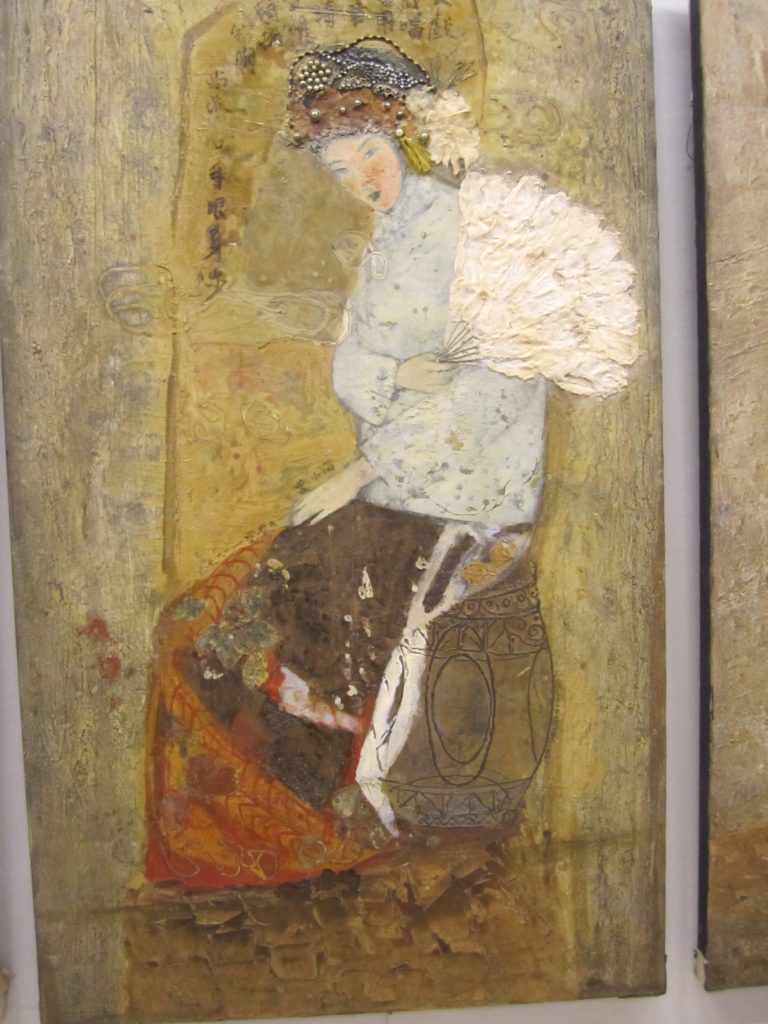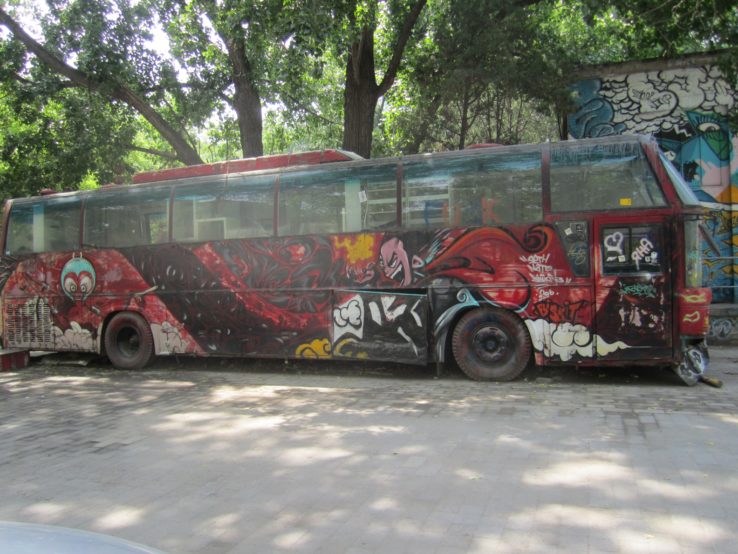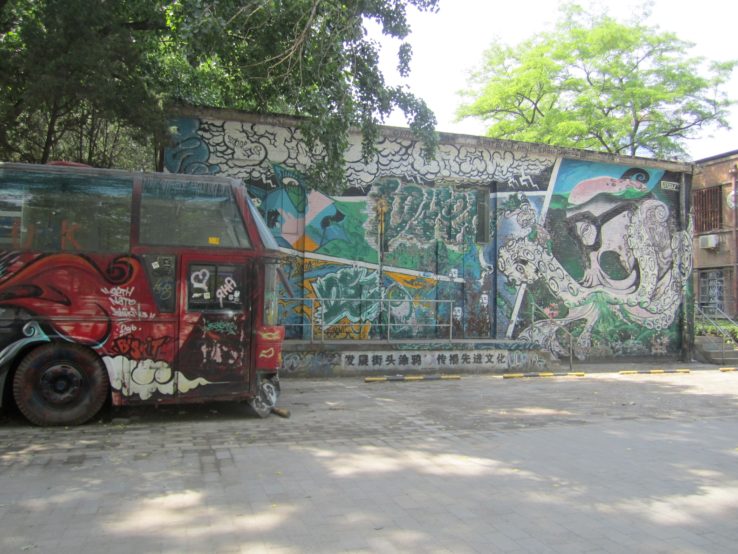Harvard Business Review had a short piece about a study that found that having a back-up plan often undermines one’s motivation to succeed. The interviewer specifically uses an example of having a back-up plan to an arts career in one her questions. (not to mention the first image you see is a dancer en pointe in one sneaker)
So, to use another cliché, we need to always act as if failure is not an option?
The punch line of this research could certainly be this: If you prepare for failure, you may be more likely to fail. But the practical advice we would give is more nuanced than that. We’re not suggesting that you always avoid making backup plans. But maybe you could hold off on doing so until you’ve put as much effort as possible into your primary goal. If you’re a manager of a team working toward a certain objective, consider asking a second group, consisting of different people, to come up with the backup plan rather than your A team. If you’re an entrepreneur, think about committing to one start-up idea for a period of time, instead of planning for and being ready to jump to another project as soon as things go south.
My aunt always told my cousin, an aspiring dancer, that she should get a teaching degree to fall back on. Was she wrong?
Success and performance depend on many factors. For some people, not making a backup plan might indeed be beneficial in helping them put their best effort forward. Some parents assume that having a backup plan is always a good thing, yielding nothing but positive outcomes. Given our findings, we’d suggest that they at least consider the possible negative effects.
Before I go any further, lets remind ourselves that achieving a high level of performance in any endeavor is not necessarily rewarded with remuneration or acclaim. Often there is no direct relationship between financial success and ability. Jihae Shin who authored the study states that plainly – success and performance depend on many factors. When it comes to arts careers, it often seems like those factor are stacked against you.
Since we are at the start of a new school year, this is probably a good time to resurrect (if it has ever been buried) subject of whether those pursuing an arts careers should be advised to think about a back up plan.
If you tell a person who is highly skilled and possessed of the potential to be a world class actor/dancer/ musician/visual artist to have a back up plan, are you undermining their potential?
If they achieve their potential and can’t find a means of support for themselves through their practice and have no other skills, have you contributed to their misery?
This conversation intersects with the one about artists needing to be more entrepreneurial vs. diluting a conservatory experience to provide instruction in that direction. Where is the cut off line of talent and skill between those who should be counseled to pursue a discipline relentlessly and those who should start making back up plans?
Who is the best judge of this? Many would say the budding artist can’t be trusted to know themselves. Either they overestimate their talent and ability or are squandering it.
Carter Gillies outright says there was evidence that he should not be an artist…then he stuck his fingers in clay, got an MFA and is supporting himself as a potter.
To a large degree, success in an artistic career is more attributable to an intersection of luck and good connections than the accurate prognostications of mentors, professors, friends and family.
My personal bias is toward picking up as many skills as you can and being open to opportunities that come along. My own career path is not what I envisioned it would be and some of it was a result of getting out of my own way. (Though I suspect I could be a bit more open.)
I am going to go out on a limb and say that when Drew McManus was working his butt off to attend Interlochen Arts Camp, he may have had an inkling that he would be an orchestra consultant one day. But probably didn’t think he would be running a blogging exchange, arts job board, designing websites for arts organizations and rolling out a scheduling management service.
There are more opportunities to apply our skills than we are lead to believe. When I say this, I don’t just mean artists, I mean that we have been largely socialized to believe that success is found at the end of a college degree in a STEM or Business field and all else results in a job in a fastfood restaurant.
Does keeping your eyes and options open constitute a back up plan that will keep you from reaching your potential? Assuming you are motivated to find something that works for you and apply yourself to pursuing it, I would say it isn’t. Given that many people tend to have multiple careers over the course of their lives, it may be unwise to be too much of a specialist.
Jihae Shin suggests there are different ranges of time in which refusal to entertain other options is useful. Eschewing any alternative for a lifetime can be destructive.
Aside from your job search, have these findings changed how you operate at work?
Yes, I now sometimes try to delay making a backup plan until after I’ve really done everything I can to accomplish my first goal. For example, when Katy and I were working on this research project, I didn’t think about other projects we could do if this one failed.
Just because you opt for your back up plan doesn’t mean you can never dance again.
But lets face it, the whole subject and conversation is complex and full of nuance. Not the least of which is that as an artist, even the suggestion that you may “never dance again” if you choose a back up plan is emotionally and spiritually painful.
































I've been to a few of the Science on Tap events, though I never gave a talk at one of…